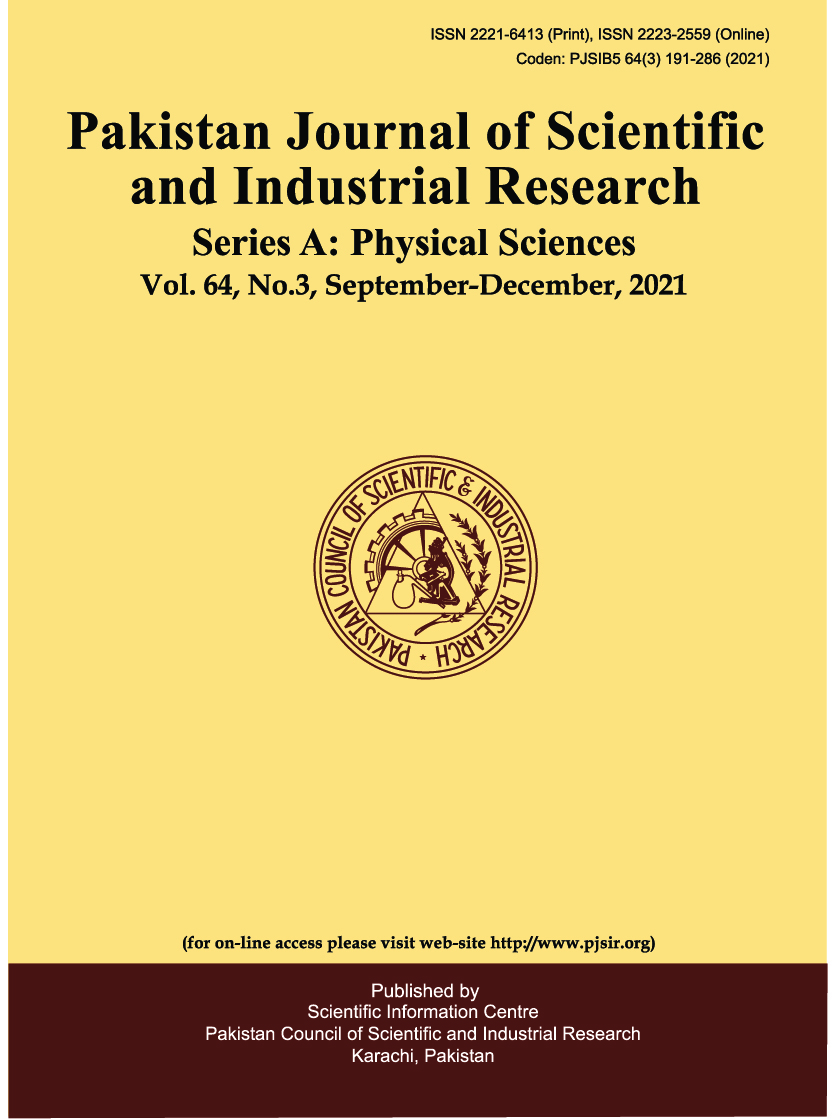Evaluation of Enhancement Factor for Removal of Heavy Metal Ions from Water through Adsorption by Non-Activated and Activated Carbon Prepared from Rice Husk
Removal of Heavy Metal Ions from Water
Abstract
Removal of heavy metal ions (HMI) from water streams is desirable due to their toxic and carcinogenic effects. Therefore, this study was conducted to prepare a low cost adsorbent in the form of non-activated carbon (NAC) and activated carbon (AC) using rice husk, a local bio-waste material. Activation of material was performed by base leaching, chemical activation using ZnCl2, followed by acid washing. The initial and final concentrations of HMI in water were measured using Atomic Absorption Spectroscopy. Volatile matter, ash, moisture and surface area of the prepared material were measured using ASTM methods E 897- 88 R04, E 830 - 87 R04, E 949 - 88 R04 and D 1050 - 1 respectively. An enhancement factor was used to evaluate the activating effect of the adsorbent. Maximum % age removal of HMI was measured as 69.0, 64.0, 62.0 and 56% for Ni, Cd, Zn and Pb respectively using NAC. However, by using AC, a significant increase in the %age removal efficiency of HMI was observed and measured as 99.0, 95.5, 93.0 and 89% for Ni, Cd, Zn and Pb respectively. The results showed that AC derived from waste biomass is a simple, ecological and cost-effective approach to remove bulk of metal ions from water and wastewater.


